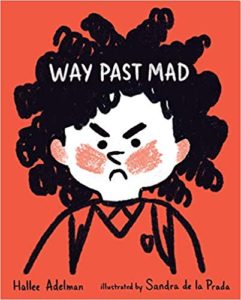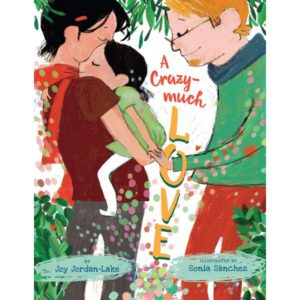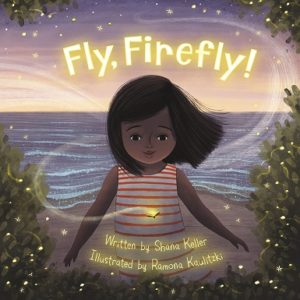 Fly, Firefly!
Fly, Firefly!
Author: Shana Keller
Illustrator: Ramona Kaulitzki
Sleeping Bear Press
1 March 2020
32 pages
This month’s PB review is by Ryan G. Van Cleave (#1 Firefly Fan at Only Picture Books) and Florida-based freelance artist Austin McKinley.
–Ryan’s Review of the Writing–
Fly, Firefly! tells the story of what happens to a single firefly when “a wind current carried him out to see the sea.” While out there, he sees winking lights beneath the water–other fireflies, perhaps? So he dives into the water and can’t get out. He’s rescued by “my niece and I” who explain that the underwater fireflies were in fact the glow of marine plankton–“bioluminescence swirling and twirling through the great sea!” The eponymous firefly is then released on land where he finds his fellow fireflies, and all is well again.
The smoothness and sense of most of the rhymes make lines such as “He dove and splashed through the wet glass, but under the surface, air did not last” stand out. Another line that gives this reviewer pause is “The sea pushed and tugged while I scooped up our bug.” While the second part of the Back Matter does an effective job of offering STEM-style information on fireflies (a.k.a. lightning bugs)–including pointing out that they’re beetles, not flies–it doesn’t say that they aren’t bugs either (a fact, despite what this line claims). Considering that this book does have a science fact focus–and given the popularity of the term “lightning bugs”–this distinction seems useful to make at some point. Ultimately, the reason the word “bug” is there seems clear–to fit the rhyme, not the science.
Taken as a whole, the text works, though the overall story isn’t a story so much as an anecdote since it’s unclear whether the main character could/should be the firefly (witness the title, and how it’s the first character we see on page one and in the last spread), the first-person speaker (who’s an older character), or the niece, Marjie (who rescues the firefly and explains bioluminescence to it in Dr. Doolittle fashion that belies her very young age).
What gives away the real goal of the book is the first page of the Back Matter–the author read a letter that Silent Spring author and environmentalist Rachel Carson wrote to a friend about her own memorable encounter with a firefly half a century ago. An excerpt of that letter shows that Rachel herself considered writing a children’s book about the experience, though she clearly never did such a thing. Some readers might find it gratifying that Shana Keller helped fulfill Rachel’s impulse here with Fly, Firefly!.
The other selling points of this book are the really fine art (see what Austin says below!) and the second half of the Back Matter that gets into the science and biology of fireflies. It’s a plus that the author has so much information on Rachel , too, because kids need to know about her impactful life and work, without a doubt. If Shana Keller opts to write a nonfiction book about Rachel Carson (or the worldwide impact of Silent Spring) with the quality she used in her picture book biography, Ticktock Banneker’s Clock, OPB will be eager to see it.
If you’re a firefly fan or you just love good picture book art, Fly, Firefly! is likely to brighten up your nights.
3.5 out of 5 pencils
– Austin’s Review of the Illustrations–
German Illustrator Ramona Kaulitzki’s sumptuous illustrations are so kinetic you can practically hear them, but nevertheless remain calming and peaceful. Here she explores the entire spectrum from the warm glow of the firefly’s body, through a masterful rendering of magic-hour twilight, to the swirling blues and greens of glowing plankton churning in the waves, all in tints pure and moody without being brooding.
The forest at dusk comes alive. The panoply of sea life she depicts with exquisite sensitivity, whereas the human and titular firefly characters she handles with appealing whimsy.
Her choice of perspectives is also fascinating. We soar through the air, plunge into the waves, and plod along the beach as the sparkling stars hang over the day’s last glow. She skillfully captures mood and emotion—it’s a truly magical, evocative experience that perfectly portrays the parallels of life-generated lights that created such an impression on biologist Rachel Carlson, and subsequently author Shana Keller.
A look through Ramona’s portfolio will reveal a flair for stylizing the natural world in a sophisticated but approachable way both dynamic and heartwarming without ever becoming saccharine. Her work is digital, but has a very organic, textural, handmade quality that reminds one of mid-century children’s illustration, like a next-generation Alain Grée or J.P. Miller. Her staging, however, is far more clever and interesting, her cartooning more fine-tuned, her palette more refined.
It’s a fine line to walk, but she dances along it expertly in Fly, Firefly!
5 out of 5 crayons



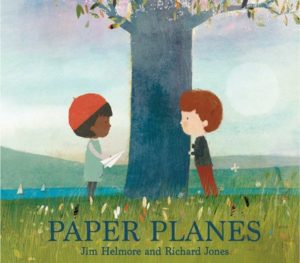
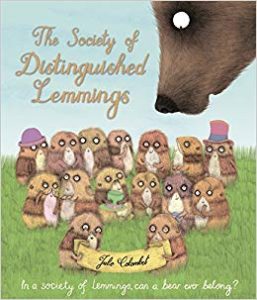
 Rebecca Zomchek is a children’s book illustrator who has worked as a concept artist and cartoonist. She earned her
Rebecca Zomchek is a children’s book illustrator who has worked as a concept artist and cartoonist. She earned her 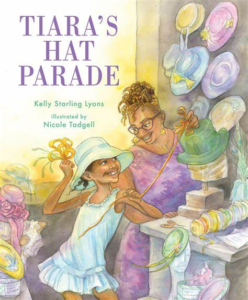
 David C. Gardner is an award-winning illustrator and visual development artist. A former artist for Walt Disney Animation Studios, he has illustrated numerous picture books, including his latest from Sleeping Bear Press,
David C. Gardner is an award-winning illustrator and visual development artist. A former artist for Walt Disney Animation Studios, he has illustrated numerous picture books, including his latest from Sleeping Bear Press, 